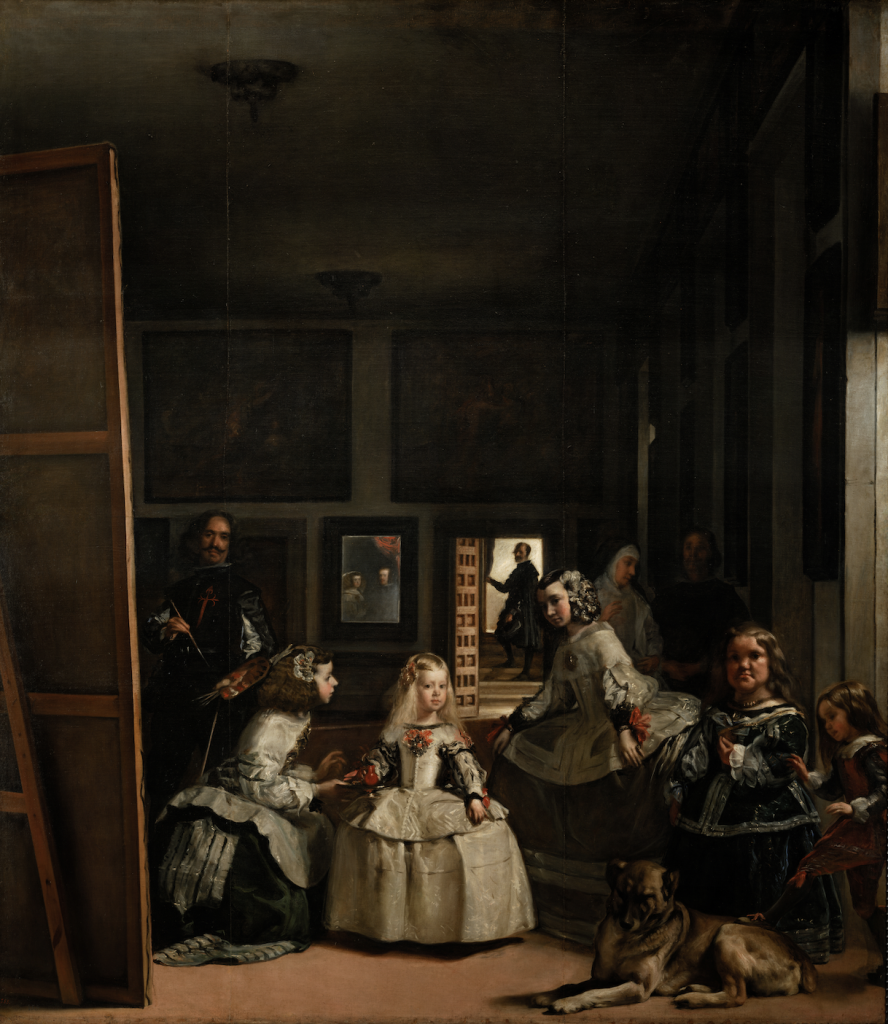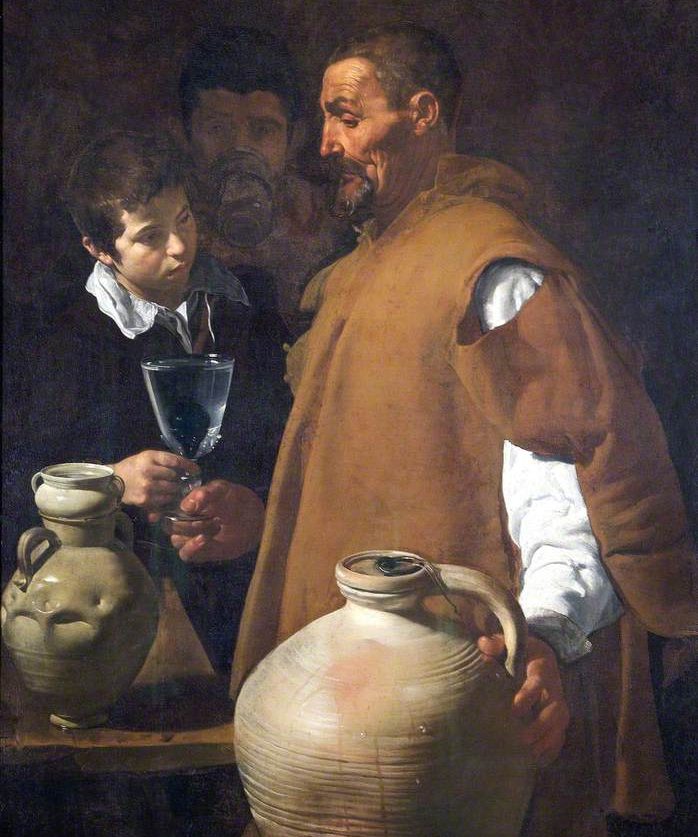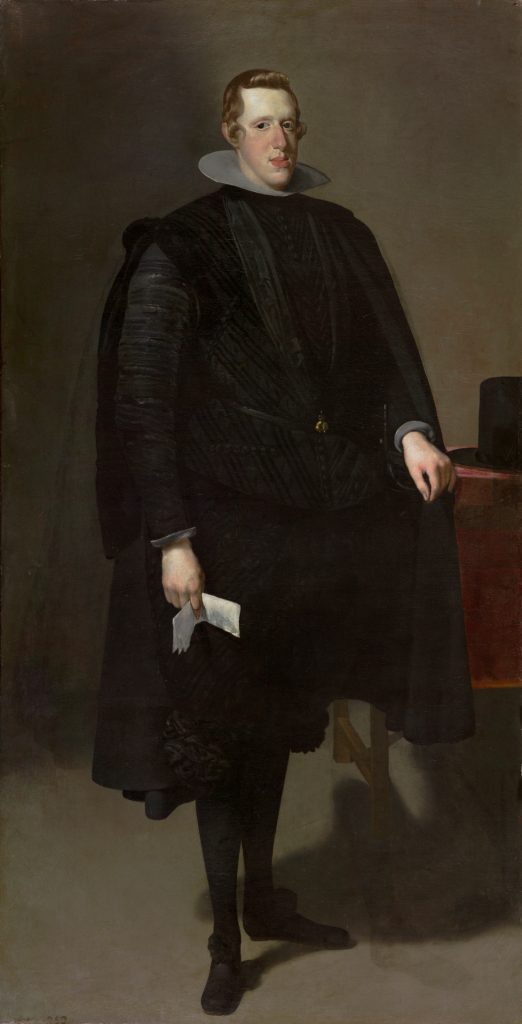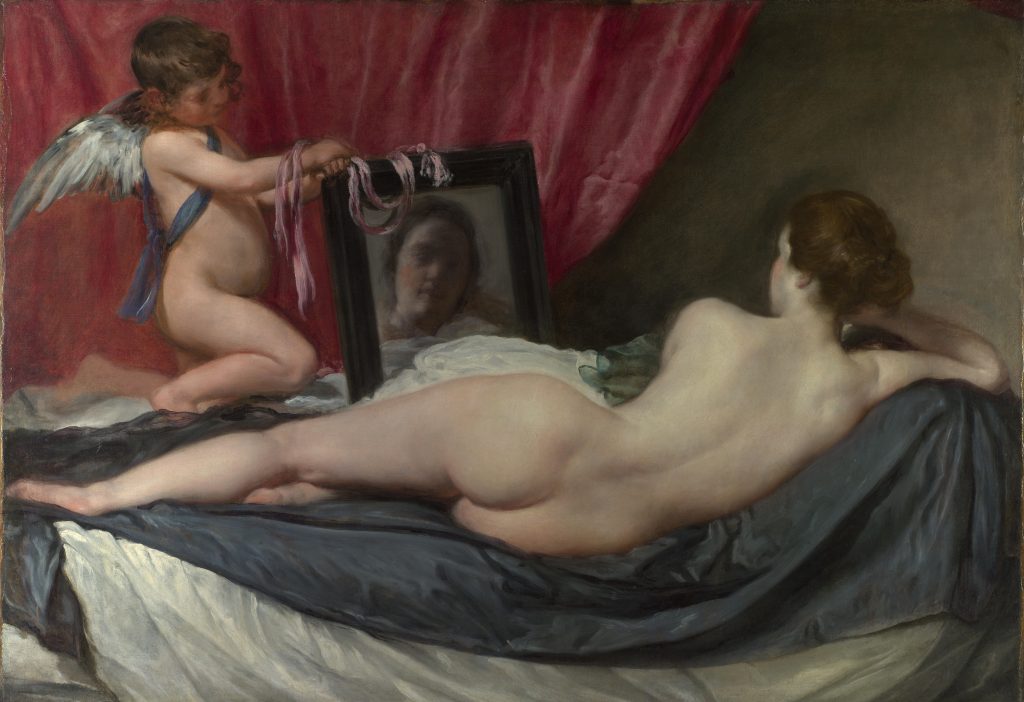10 Facts You Didn’t Know About Anthony van Dyck
Anthony van Dyck, a Flemish Baroque painter of remarkable skill, left an indelible mark on art history. His signature style of refined portraits and...
Jimena Aullet 24 October 2024
Diego Velázquez is the most important figure of the Spanish Baroque period and one of Europe’s most significant old masters. He was born in Seville, Spain, in 1599 and eventually had an established reputation by the early 1620s. As a result, the artist became a prominent court painter for King Philip IV in Madrid. While it is hard to narrow down his oeuvre and consider five pieces exemplary, I suggest these are Velázquez’s best works of art.
The most well-known painting by Diego Velázquez is Las Meninas, from the Prado Museum in Madrid. Las Meninas translates to ladies-in-waiting in Spanish and is Velázquez’s largest and most complex painting ever created. Velázquez combined portraiture with genre painting to create this masterpiece.
The work is marvelously mysterious and leaves the viewer with many unanswered questions. While we don’t know if the figures are looking at their reflection in a mirror or if we, the viewers, are participating in the scene, the room in which they are standing is recognizable. We know it was painted in the Cuarto del Príncipe room in the Alcázar in Madrid.
One of the most interesting facts about the painting (and why it’s number one on the list) is that it was famous during Velázquez’s life. The Italian Baroque painter Luca Giordano claimed the work was the “theology of painting.” Fun fact, Velázquez painted himself in the portrait.

Diego Velázquez, Las Meninas, 1656, Museo del Prado, Madrid, Spain. Museum’s website.
Many artists and art critics consider Velázquez’s portrait of Pope Innocent X the finest portrait ever created. The 17th-century illustration portrays Giovanni Battista Pamphilj, Pope, from 1644 to 1655. The portrait is a brilliant example of how Velázquez did not attempt to hide the ugliness of the sitter. Instead, he painted him as an intelligent and cunning man in his natural state. While this might seem to be a rude portrayal, legend has it that the Pope adored it.
According to the museum’s website, Velázquez probably painted the portrait sometime between the end of 1649 and the beginning of 1650. This occurred during a significant period of change in international politics. In 1648, after the Peace of Westphalia, the papacy was allied again with Habsburg Spain, casting France aside.
Attesting to its excellence, during the middle of the 19th century, Prince Filippo Andrea V Doria Pamphilj had architect Andrea Busiri Vici build a special room for the painting that isolated it from the rest of the museum’s collection.

Diego Velázquez, Portrait of Pope Innocent X, 1650, Galleria Doria Pamphilj, Rome, Italy. Museum’s website.
Once seen, it is impossible to forget.
While Velázquez was a skilled portrait painter, one of his most interesting works is this painting, the Waterseller of Seville. It illustrates a simple scene of a low-class figure selling water in a naturalistic style and alludes to the Spanish bodegón genre. The tradition of selling water on Seville’s streets was typical during hot days. And giving water was an act of mercy reflected in Velázquez’s painting. Even the image’s earthen colors compliment the subject’s down-to-earth character.
Although the image is not as famous today, it once was a prized work of art in the Spanish royal collection. As Mary Tompkins Lewis notes in her article for the Wall Street Journal in 2011:
The unvarnished naturalism and immediacy of Velázquez’s canvas —make us not so much viewers as witnesses to an event whose true significance we cannot fully fathom.
The Compassionate Scoundrel, Wall Street Journal, 2011.
The painting is significant because, when Velázquez traveled to the Spanish Court in Madrid to become the portrait painter for King Philip IV, he had Waterseller of Seville in hand.

Diego Velázquez, Waterseller of Seville, 1619-1622, Apsley House, London, UK. Museum’s website.
Velázquez may be, may be forever the most perfect example of the pure painter, that is, one who besides being gifted with a phenomenal eye also possesses the unerring hand that can freeze reality, suspending it within an instant of radiant life.
Velázquez, Metropolitan Museum of Art, 1989.
Finally, Velázquez made his way to the Spanish Court in Madrid to become the court painter for King Philip IV in 1623. Since there are many other portraits of King Philip IV by Velázquez, choosing this image was no mistake. Here stands a king, dressed in casual clothing, leaning on a desk, emulating his administrative duties. Contemporary observers claim the king received visitors in this way. Another notable feature is the full-length view of the king, creating a powerful image. The portrait was altered a few years later, confirmed through X-radiography images. At the Metropolitan Museum of Art in New York and the Museum of Fine Arts in Boston, there are two versions of the original portrait.

Diego Velázquez, King Philip IV of Spain, 1623, reworked 1627-28, Museo del Prado, Madrid, Spain. Museum’s website.
The fifth and final best work by Velázquez is The Rokeby Venus. As the only surviving female nude painting by Velázquez, it is, of course, extremely rare. Even more so in 17th-century Spain, the Catholic Church disapproved of this sensual subject.
Depicted in this painting is Venus, the goddess of love. She is shown reclining on her bed as her son Cupid holds up a mirror. The pink ribbons twisted around Cupid’s wrist and the frame may allude to a blindfold (one of his attributes). Even more intriguing is how Venus’ reflection is blurred in the mirror, projecting that the viewer cannot see who she is in her natural state. As the National Gallery of Art states, perhaps Velázquez wanted to make Venus an unidentifiable person since she is the personification of female beauty.

Diego Velázquez, The Rokeby Venus, 1644, National Gallery, London, UK. Museum’s website.
What other works do you consider to be Diego Velázquez’s best works? Let us know in the comments!
Antonio Domínguez Ortiz, Alfonso E. Pérez Sánchez, and Julián Gállego: Velázquez. Metropolitan Museum of Art, 1989.
DailyArt Magazine needs your support. Every contribution, however big or small, is very valuable for our future. Thanks to it, we will be able to sustain and grow the Magazine. Thank you for your help!